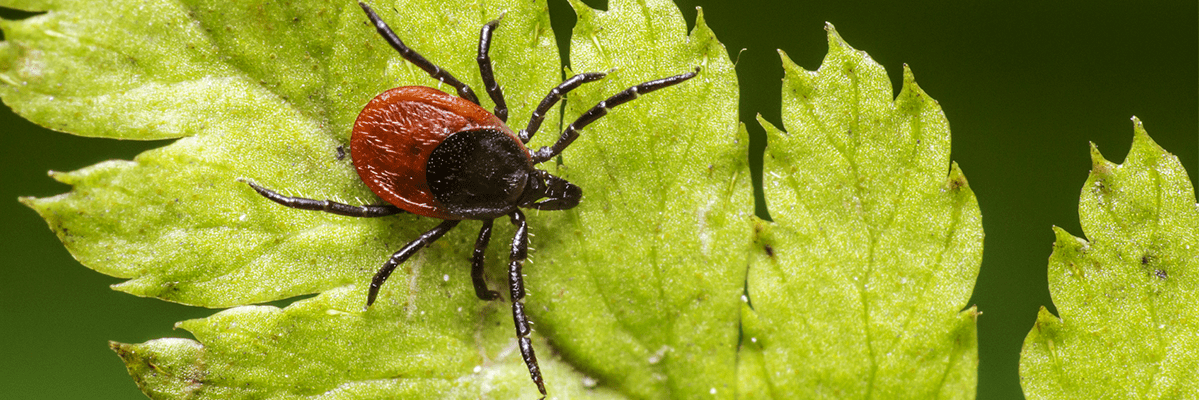Heat and the humidity play an important role with Lyme Disease.
Lyme disease sickens an estimated 300,000 Americans a year, according to the US Centers for Disease Control and Prevention, making it more common in this country than West Nile virus or any other illness transmitted by insects or arachnids. Black-legged ticks pick up the disease-causing bacteria, Borrelia burgdorferi, by biting infected animals, and can then transmit Lyme disease to people in a subsequent bite. The disease causes fever, headache, fatigue, and sometimes a rash. If not treated promptly, Lyme disease can damage the heart, joints and nervous system.
There are big regional differences in Lyme disease prevalence. In 2015 Alabama reported 11 confirmed cases to the CDC from a population of about 5 million people. Vermont, with less than 700,000 residents, had 491 confirmed cases. Just 14 states in the Northeast, Mid-Atlantic and northern Midwest typically account for 95% of all reported Lyme disease cases.
Seeking an explanation for this phenomenon, US Geological Survey research ecologist Howard Ginsberg and colleagues at the University of Rhode Island and Michigan State University have been studying the metabolism, life cycle and behavior of black-legged ticks.
Related Articles
- 12 Worst States for Lyme Disease
- New research identifies flaws in LM-method for Lyme disease
- Sudden Drop in Temperature Increases Risk of Respiratory Infections
- Weather Plays No Part in Aches and Pains
In the North, when you walk through the woods you’re walking right through tick habitat,” said Ginsberg, leader of the USGS Patuxent Wildlife Research Center’s field station in Kingston, Rhode Island. “In the South, you’re walking on top of the habitat. We think that is a crucial difference. So the next step was to find out why it occurs.”
To find out what role regional temperature and humidity conditions play in tick survival, Ginsberg and his colleagues recently conducted the first study ever to look at both factors. In the laboratory, they exposed immature black-legged ticks to a simulated northern climate with temperatures between 72 and 74 degrees Fahrenheit, and a southern climate of 90 to 92 degrees Fahrenheit. Humidities were set to 75, 85 or 95 percent.
The researchers found the combination of high temperature and lower humidity was lethal to the hybrid ticks. At high humidity, about four-fifths of the hybrid ticks were able to survive temperatures in the 90s for four days or more. But at the mid-range humidities, less than a third of the ticks survived the high temperatures for that long. The effects of humidity were also clear in the Rhode Island ticks, which typically died within two to four days at the lowest humidity, but lived for a month or more at high humidity regardless of how hot it was.


